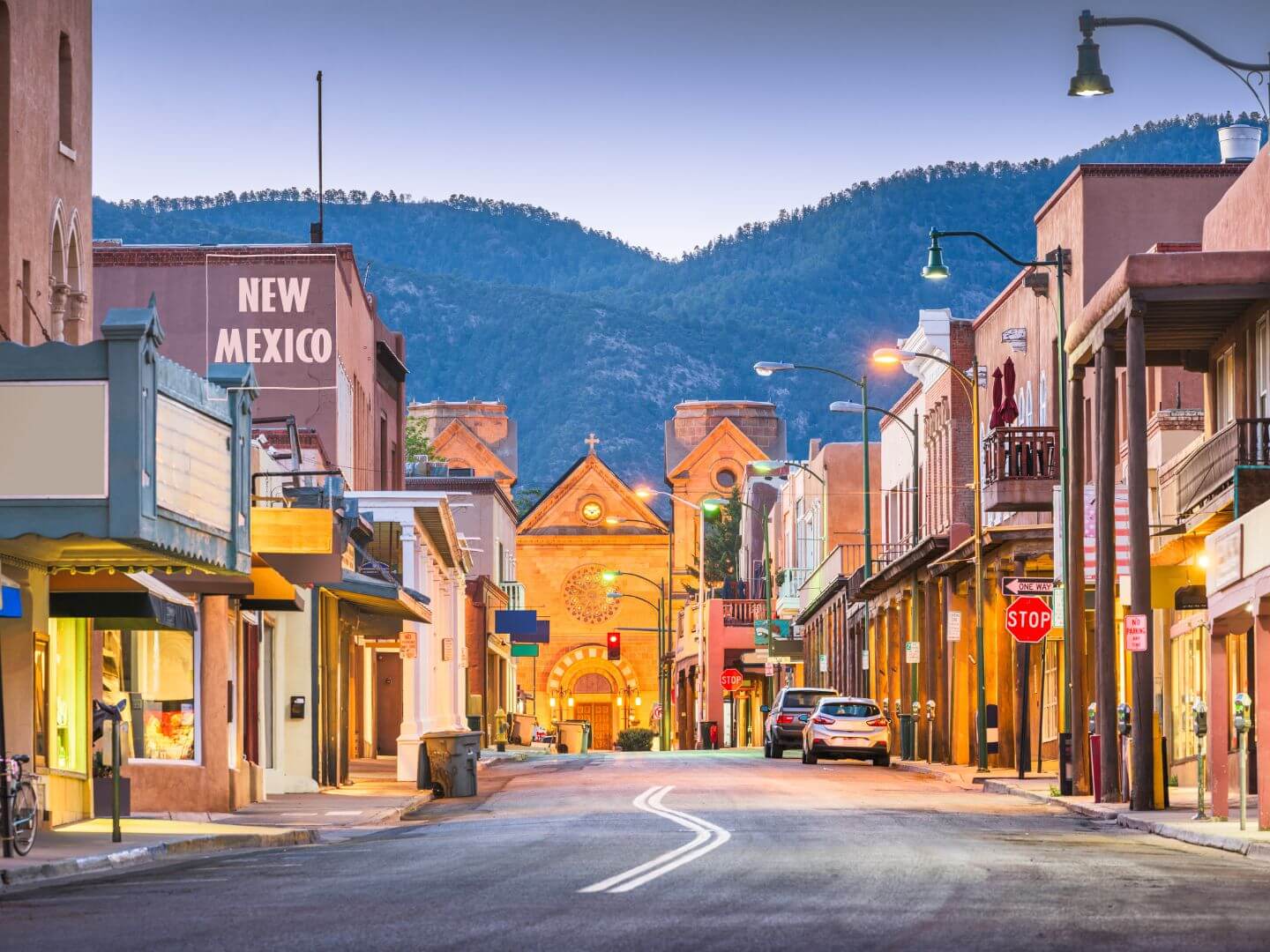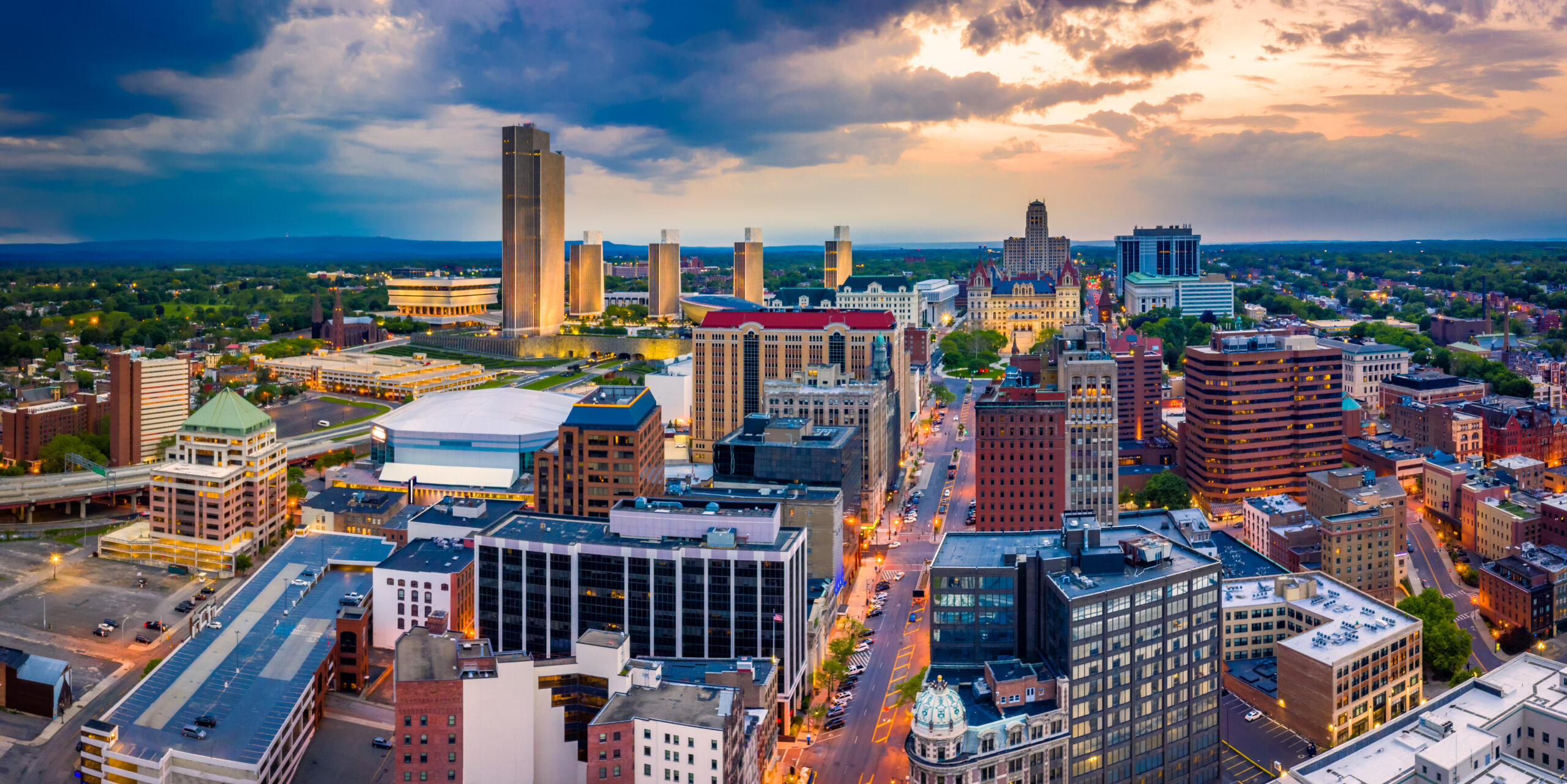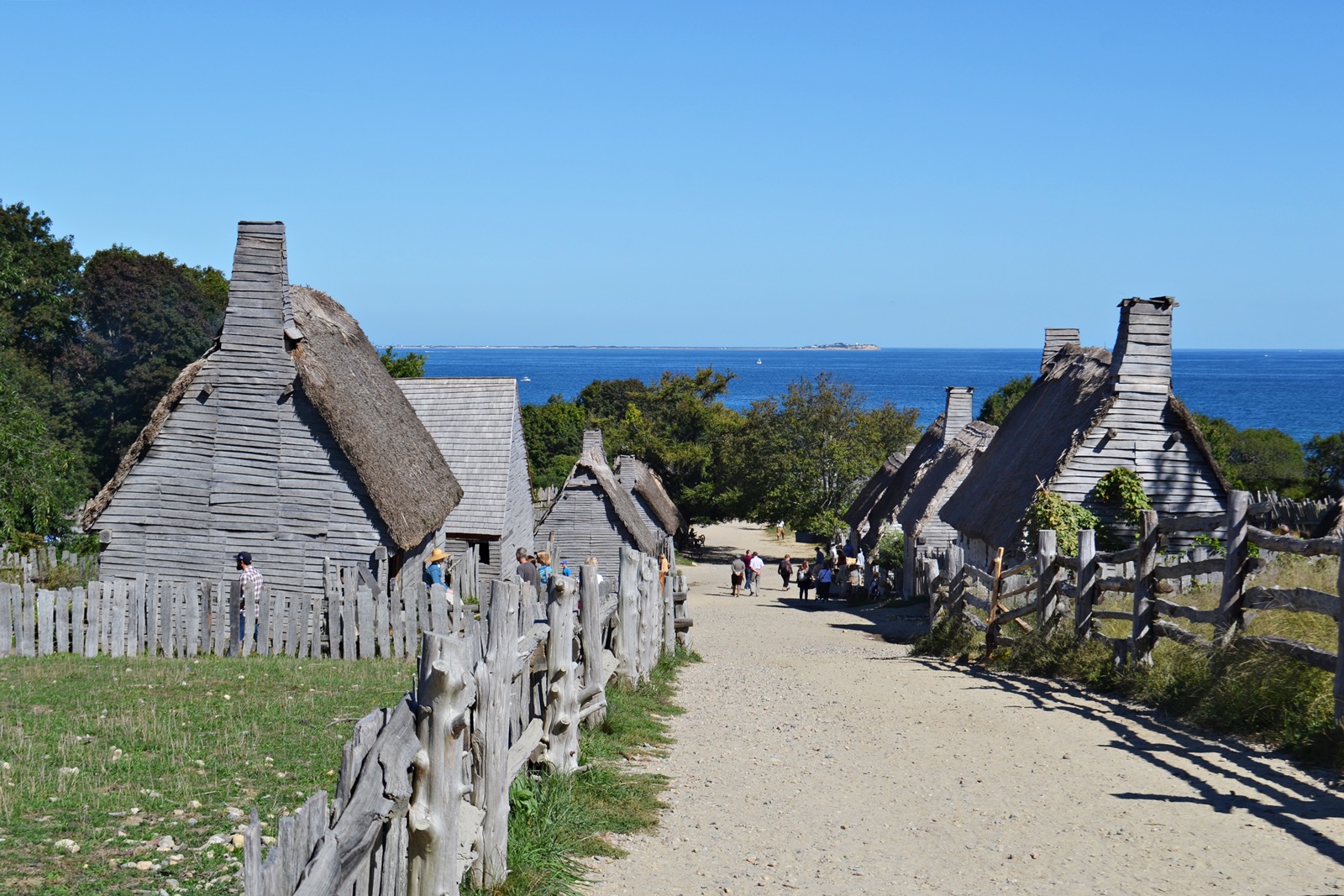America's history is often told starting with the revolutionary period and then after with the expansionist years, but this American narrative goes back much further to the settlement sites of North America before a formal independence was declared. Long before the U. S. became a nation, Spanish, English, and Dutch explorers and settlers inhabited cities that are still functioning cities today. Each one of these historic places tells amazing stories of survival, cultural mixing, and government development.
From Spain's forts in Florida to Puritan settlements in New England, the five oldest cities in the U. S. are interesting glimpses into our past. In this article, we will examine the top five oldest cities in the United States, each one having a different story to share that helps shape the most recognized American identity. These ancient and historic cities across the United States are true glimpses into America in its earliest form.
Check Out: Which is the Oldest City in the U.S.?
List of Top 10 Oldest Cities in the U.S.
Here is a complete list of the top 10 oldest cities in the United States, along with the year they were founded and what is their present-day age in the year 2025:
| Rank | City | State | Year Founded | Age in 2025 |
| 1 | St. Augustine | Florida | 1565 | 460 years |
| 2 | Jamestown | Virginia | 1607 | 418 years |
| 3 | Santa Fe | New Mexico | 1610 | 415 years |
| 4 | Albany | New York | 1614 | 411 years |
| 5 | Plymouth | Massachusetts | 1620 | 405 years |
| 6 | New York City | New York | 1624 | 401 years |
| 7 | Salem | Massachusetts | 1626 | 399 years |
| 8 | Boston | Massachusetts | 1630 | 395 years |
| 9 | Williamsburg | Virginia | 1632 | 393 years |
| 10 | Newport | Rhode Island | 1639 | 386 years |
1. St. Augustine, Florida (1565)
:max_bytes(150000):strip_icc()/st-augustine-florida-aerial_STAUGFL1222-83648f85552c4c26bd694fe40f76e81c.jpg)
Established by Spanish explorer Pedro Menéndez de Avilés, St. Augustine is the continuously inhabited European-founded city in the continental U.S. The cobblestone streets, 17th-century Castillo de San Marcos, and numerous colonial buildings espouse a living museum of Spanish America.
St. Augustine is situated along Florida's east coast, facing attacks by pirates, the British, and hurricanes over hundreds of years, as it is located along the Atlantic Ocean. Now, the city has become a vibrant cultural community that merges the original with the coast. St. Augustine is at the beginning of the European colonization of what is now the United States, and it has a resilient multicultural legacy.
2. Jamestown, Virginia (1607)

Jamestown was the premier English permanent settlement in North America. A joint stock company, called the Virginia Company, was founded it in 1607. It sat on the James River and is where English influence in the New World began, and it began to expand.
It was going to be a dangerous start; the colony faced famines, diseases, and wars with Indigenous tribes. Nevertheless, Jamestown survived and perhaps unwittingly permanently established the conditions for British colonization of North America. It is also credited with finding tobacco as a cash crop and establishing the crop as an important component of Virginia’s economy.
Today, Historic Jamestowne has a permanent archaeological exhibit and reproductions that allow visitors to learn about America’s colonial origins and the complicated history of European-Indigenous relationships.
3. Santa Fe, New Mexico (1610)

Established by Spanish settlers in 1610, Santa Fe is not only the oldest state capital in the nation, but arguably the most distinctive. The City Different combines Indigenous, Spanish, and Mexican elements, and has a unique character marked by adobe architecture, contemporary creative efforts, and deep spiritual traditions. Before the arrival of the Europeans, the people of the area included the Pueblo neighbors, whose influence continues to be an integral part of the narrative shaping the region.
As the provincial capital of New Spain, Santa Fe assumed unintended importance as an outpost settlement in the Southwest. Today, over 400 years of the complex, multicultural history of the American people is on display within the New Mexico Historic Plaza and the Palace of the Governors.
4. Albany, New York (1614)

Albany was established as a Dutch trading post in 1614 as Fort Nassau and subsequently rebuilt as Fort Orange, becoming a center for fur trading and diplomatic relations with Native American tribes. The British took control in 1664 and eventually made it the capital of New York State.
Albany is located on the Hudson River, which provided great advantages for trade and military during colonial times. Albany played significant roles in the French and Indian War and in the American Revolution as both a military and political center. Today, Albany is historically known for its colonial past, architectural significance, and ongoing importance as the capital of New York State.
5. Plymouth, Massachusetts, (1620)

Plymouth is best known as the landing site for the Mayflower Pilgrims in 1620. Founded by English Puritans faced with religious oppression in England, the colony was a model of early self-governance by means of the Mayflower Compact. Although the settlers faced cold winter nights that resulted in high mortality rates, the local Indigenous people, the Wampanoag, helped the settlers survive.
This resulted in the first Thanksgiving celebration.!! Plymouth became a symbol of American persistence and idealism. Today, visitors can imagine the struggles of the early settlers while visiting historic sites such as Plymouth Rock and Plimoth Patuxet Museums, which offer interpretative accounts of early colonial and Indigenous peoples' lifestyles. The town occupies a prominent position in U.S. founding mythology and discussions of historical learning.
Comments
All Comments (0)
Join the conversation